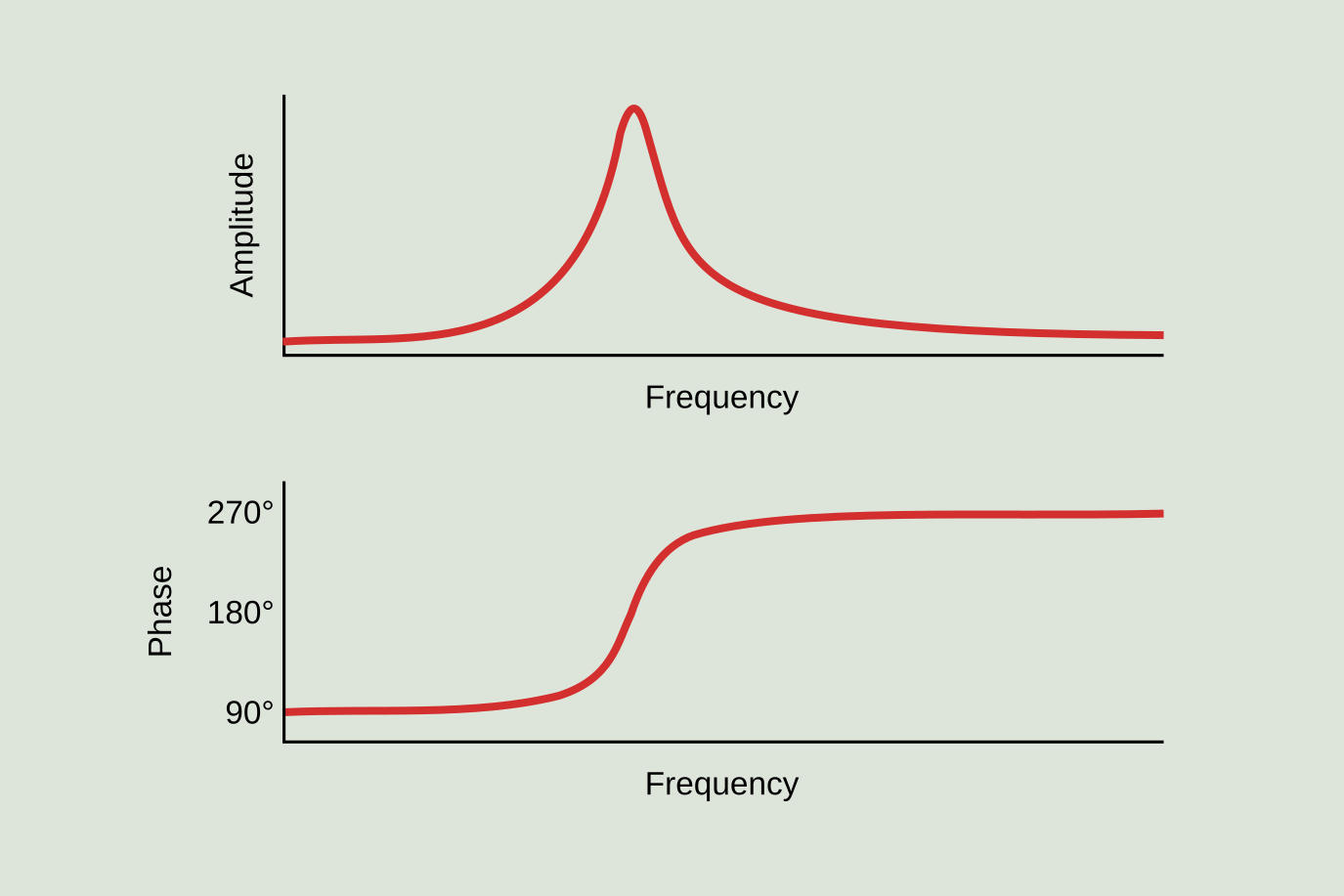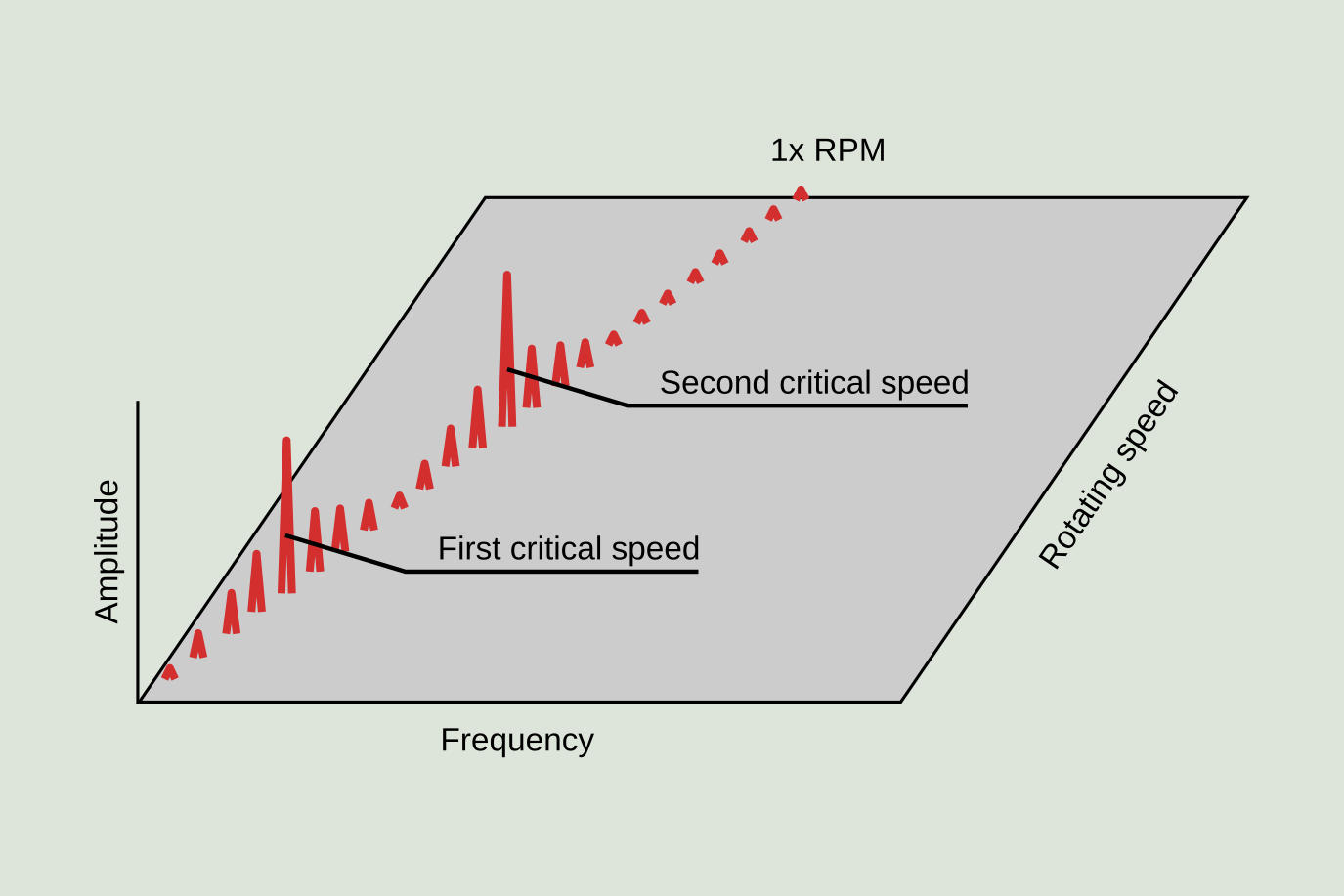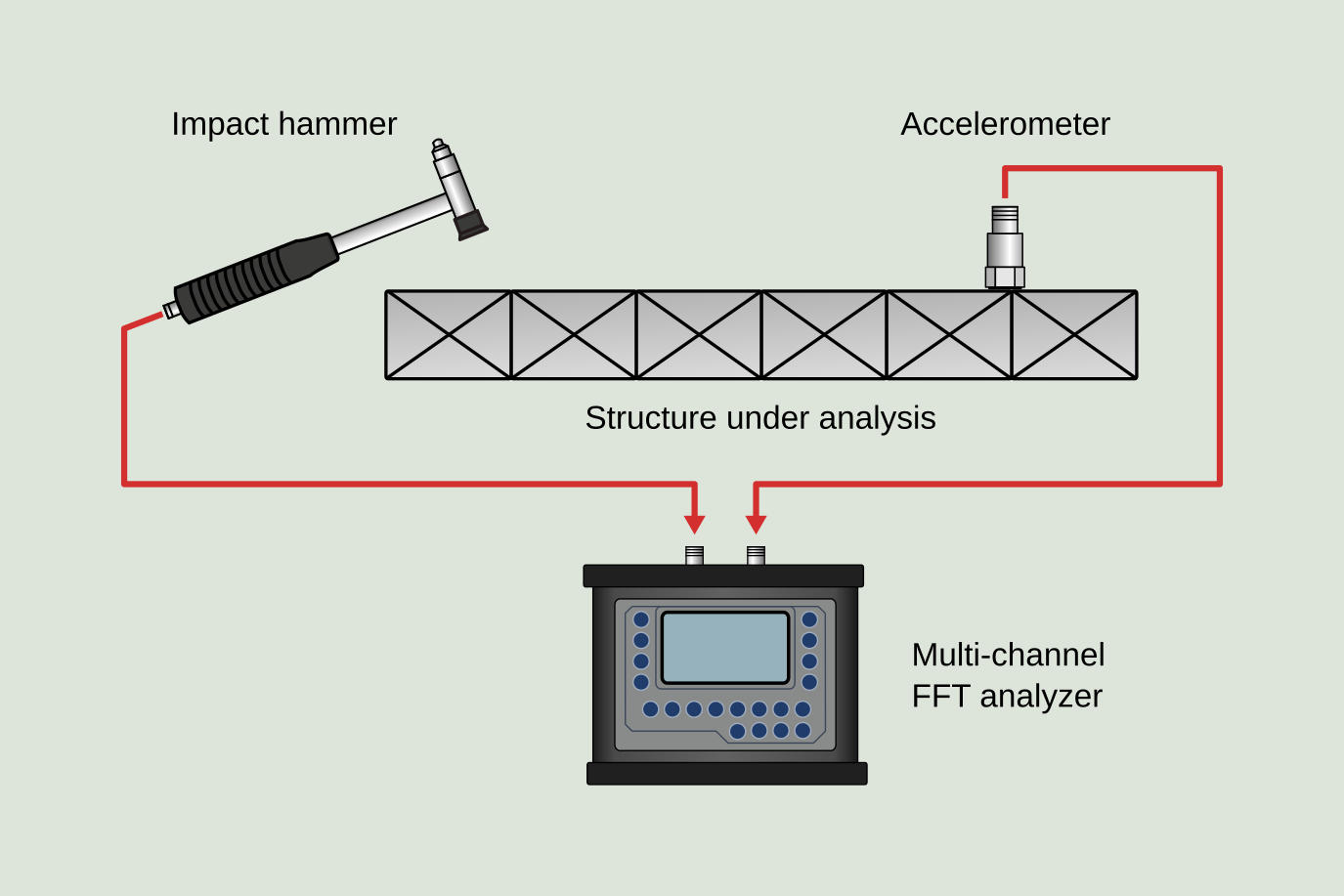Detection methods
Various techniques are commonly used to calculate the resonance frequencies of a system. These techniques require special software and instrumentation that are not required for a Predictive Maintenance program. The most relevant are defined below.
Start-up and shut-down test
It is required to use an FFT analyzer and a tachometer. The analyzer is responsible for collecting and storing the overall level of vibration at the same time as the tachometer sends the realtime rotating speed signal of the rotor. It requires the use of a fast analyzer that allows a large number of measurements to be stored in a short period of time.

Cascade plot
It is a graphic representation of the frequency spectrum of a machine as a function of the running speed. A vibration spectrum is captured at fixed intervals of the rotational speed after which they are consecutively cascaded as shown in Figure 11.2. The amplitude of the forcing frequencies, such as 1x RPM, should increase progressively with speed. Critical speeds are identified by observing that the amplitude of the vibration increases considerably when passing through them.

Impact test
To perform an impact test requires the use of a hammer and an FFT analyzer.The process consists in hitting the system with a rubber or plastic hammer, never metallic because it could distort the analysis by producing contact resonances. The hammer hits the system exciting the resonance frequencies and simultaneously the analyzer takes and stores the spectrum. The spectral peaks indicate the possible resonance frequencies of the system. The result will be the obtaining of a Bode plot, like that of Figure 11.1, which consists of an amplitude vs. frequency and a phase versus frequency graph. The existence of a high amplitude frequency where there is a phase change of 180° will indicate the presence of a resonance frequency.

Elimination of resonance
As explained, the critical speeds cause high amplitudes of vibration that can be catastrophic, so it must be avoided at all costs to work at these speeds. The aim is to separate the operating frequency from the natural frequency by at least ±20%. The natural frequencies can not be eliminated, but their effects can be minimized or they can be moved to other frequencies by several methods:
- Reduce or eliminate the excitation force: through precision balancing, precision alignment of shafts and belts, replacement of worn or broken insulators, etc.
- Modify the mass or rigidity of the structure.
- Change of rotation speed in the equipment.
- Add damping to the system: Damping is the internal ability of any system to dissipate vibratory energy. You can, for example, mount the machine on anti-vibration pads.
Sometimes it is necessary to isolate or dampen equipment to avoid damage that would be caused by vibrations transmitted through the ground, structures or pipes to other more sensitive equipment.
